Pacific Coast Irises Growing and Hybridizing for Fun!
Pacific Coast Irises Growing and Hybridizing for Fun!
Bob Sussman 7/13/18
(Many of the new irises shown below won’t be ready for several years- however many beautiful ones will be ready next early winter – they are currently in protective custody – hidden in New Mexico – Area 51)
Our family owned business, Matilija Nursery, grows primarily plants native to California.One of the groups of species that I’ve become particularly attached to is our pacific coast native iris. This group consists of between 11 and 13 different species depending on who you ask. These easily “cross” and yielding all kinds of intermediate populations in nature and presenting difficulty in identifying them. These irises are native to the 3 pacific coast states of Washington, Oregon, and California growing in the cooler coastal zones and in some of the mountain regions of California. So growing them where we are, just a little north of Los Angeles and inland can be a bit of a challenge. Still, we do grow them after having made some adjustments in shade, irrigation, and soil mix and while we lose our fair share we grow many more than we send to pacific coast iris heaven.
In the Los Angeles region, sort of on the warm side compared to the San Francisco Bay area or Portland or Seattle you’d grow them in a shady spot and plant them in late fall. Hard to tell from the pictures but the flowers are roughly 4” to 5” across, so sort of on the large side and they stay low between 8” and 18” tall. Once established they are pretty much on their own with little care and water.
Next, how do you increase the selection? We’ll growers/hobbyists have been working with this issue for a long time just like growers of bearded iris, roses, orchids, and all kinds of other plants people fool with. Still, the selection on a commercial scale is somewhat limited, really very limited. So if you can create a better product and in sufficient supply will the world beat a path to our nursery? We’re only part way down this process ourselves so won’t know for a couple more years. It is a long process, from first “cross” to flower is at least 2 years and from our “selection” to salable quantities it’s another generally 3 years.
Ok, let’s look at some of the results. A little over 4 years ago we crossed the two irises shown below, both irises are named hybrids.
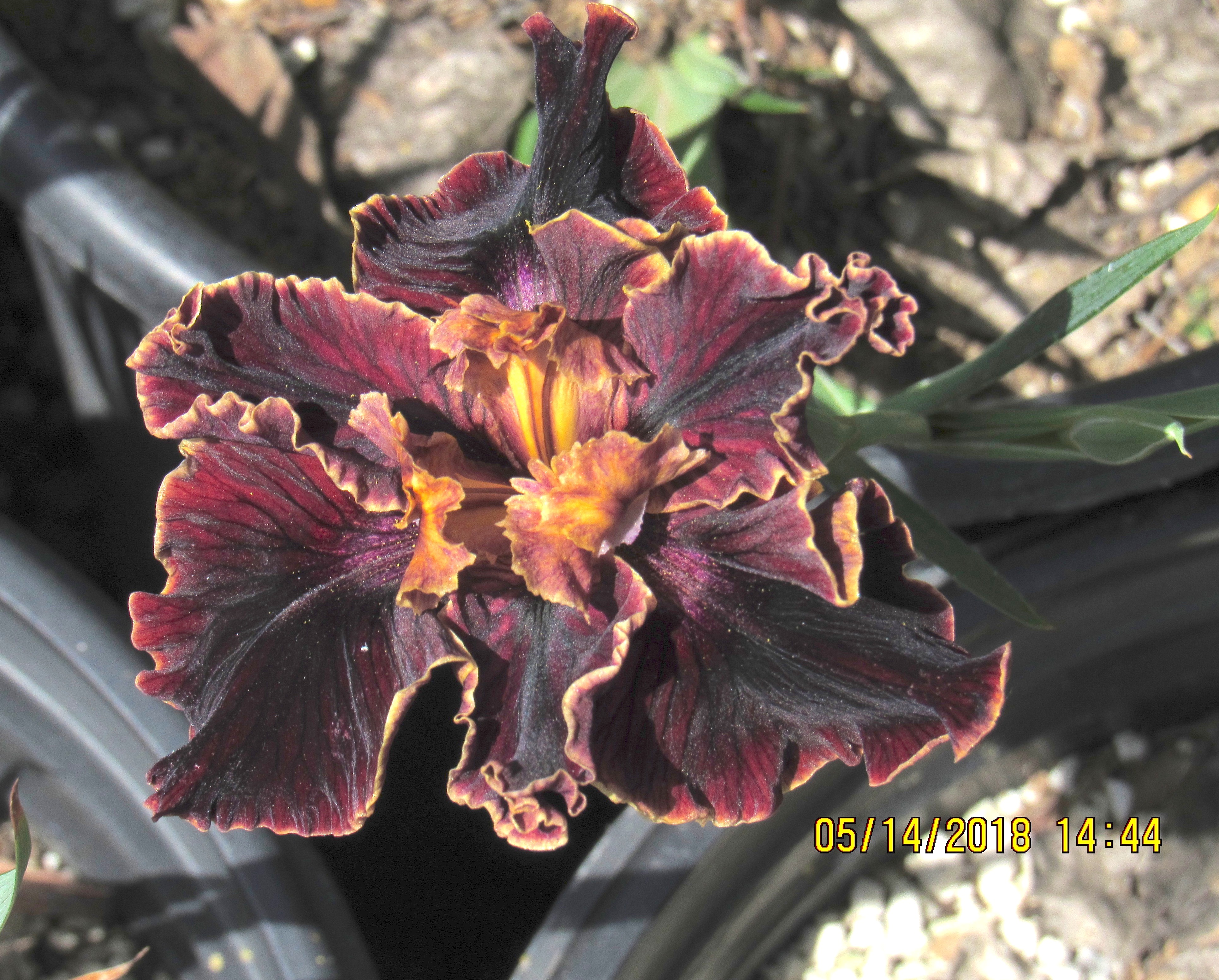
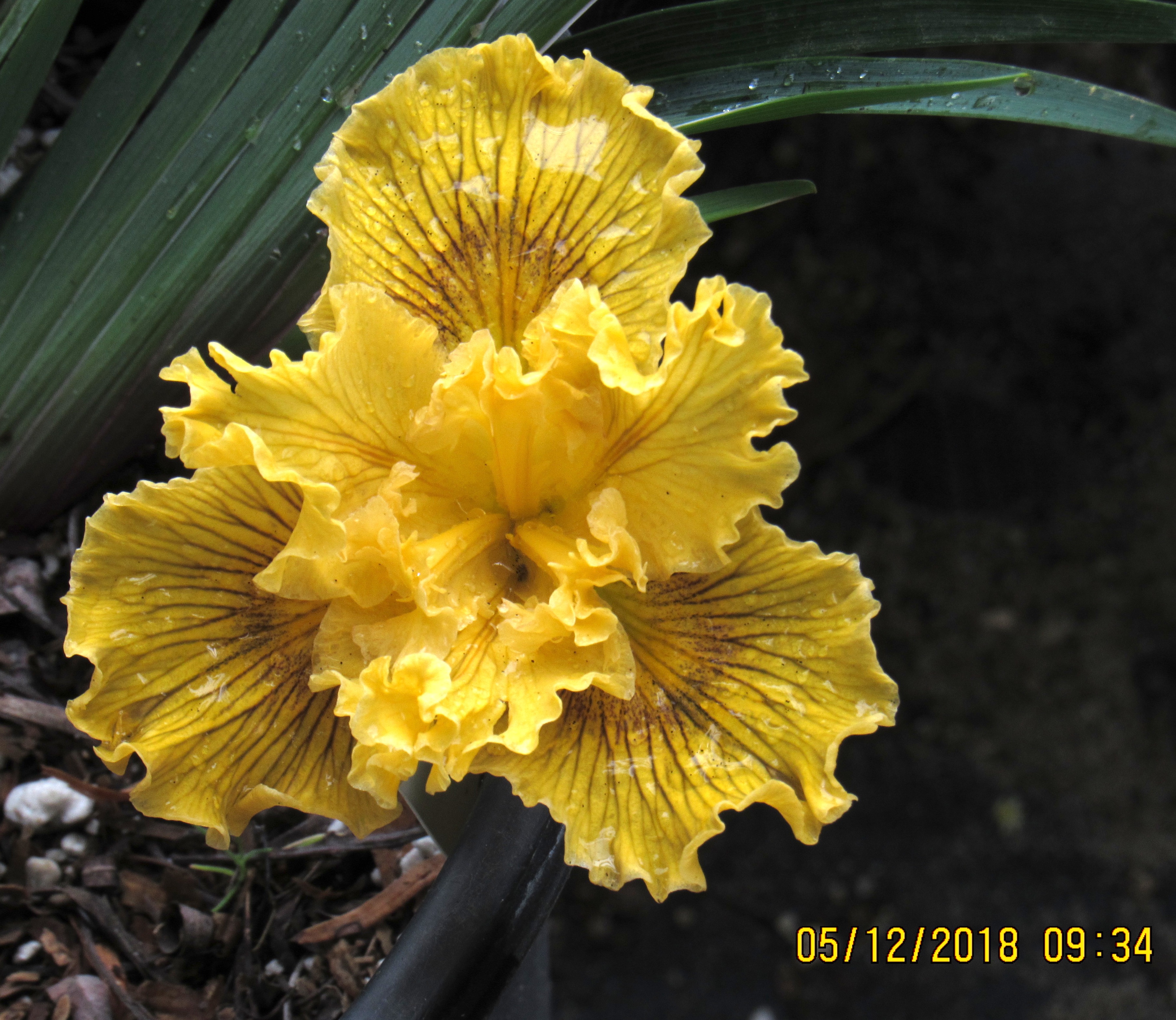
(the first iris is I. ‘Now Showing’ and it’s offspring tend to look similar. The iris on the right is I. ‘Clincher’)
The offspring of these two all tended to have similarities that of being reddish to brown with some orange/gold in the middle. We got about 8 or so and divided them the following year. The one shown below is “my pick” but people can certainly have different favorites.
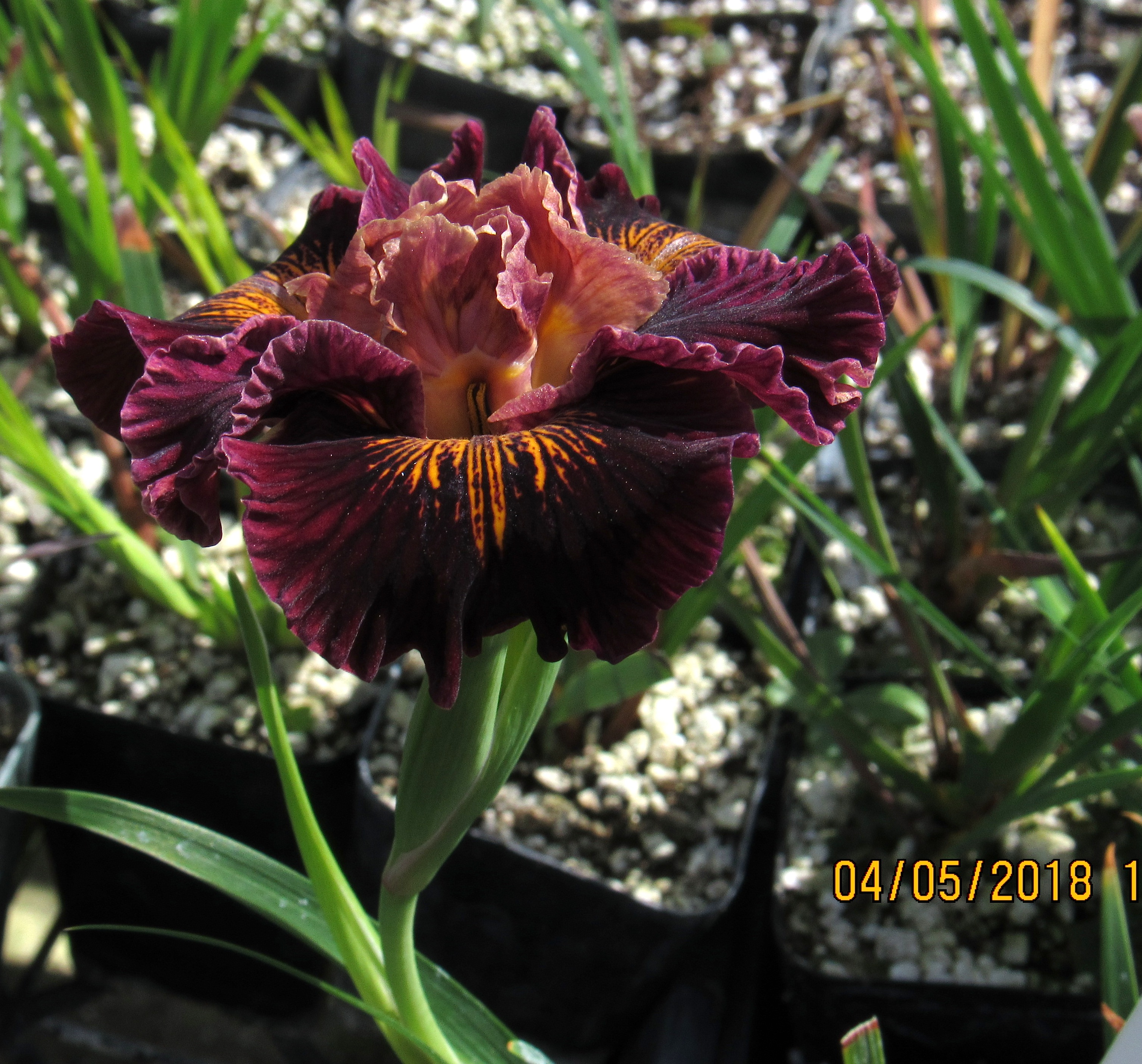
I collected the seeds from this particular “cross” a couple of year ago and this year got a fairly unexpected range of offspring.
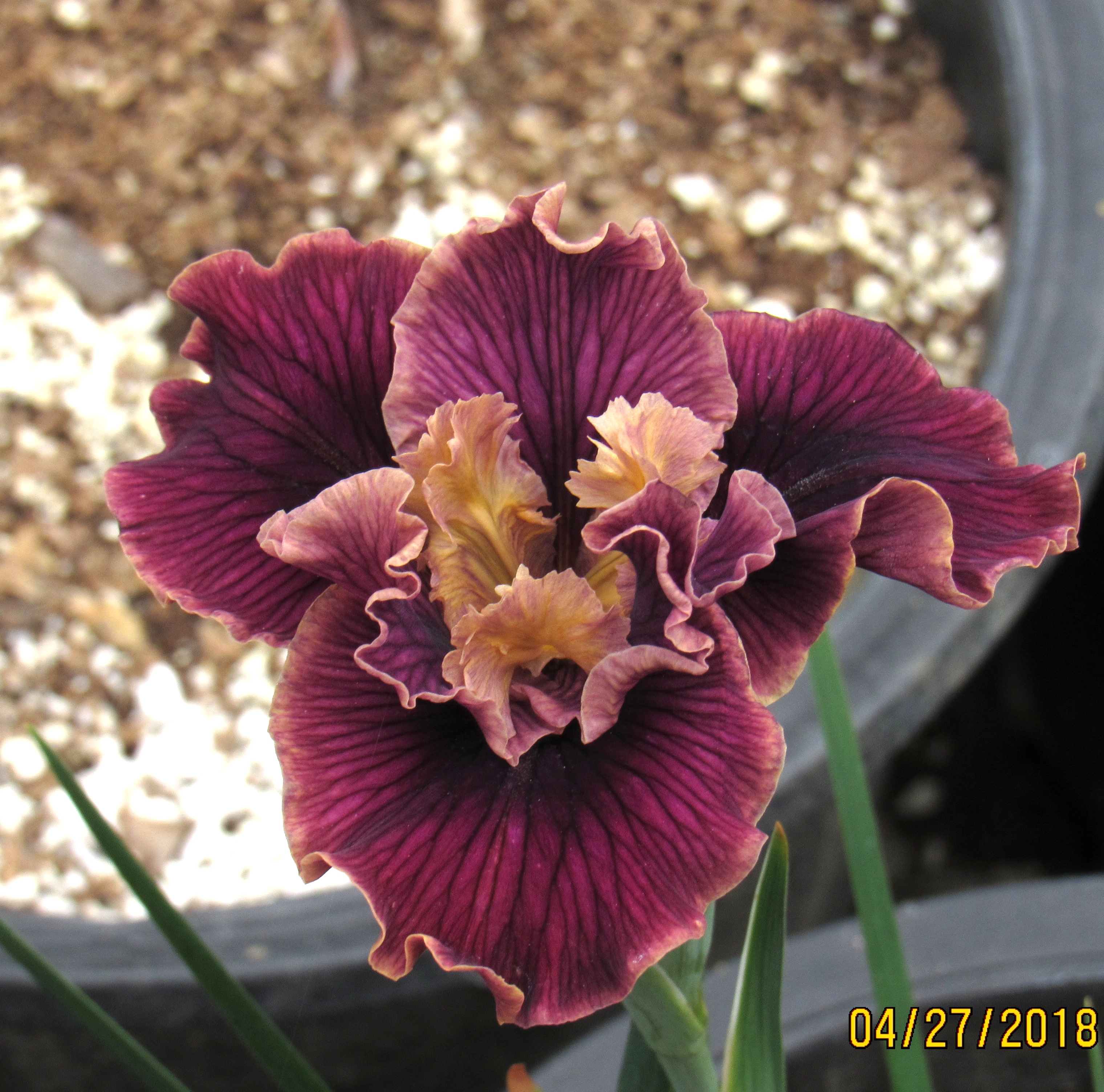
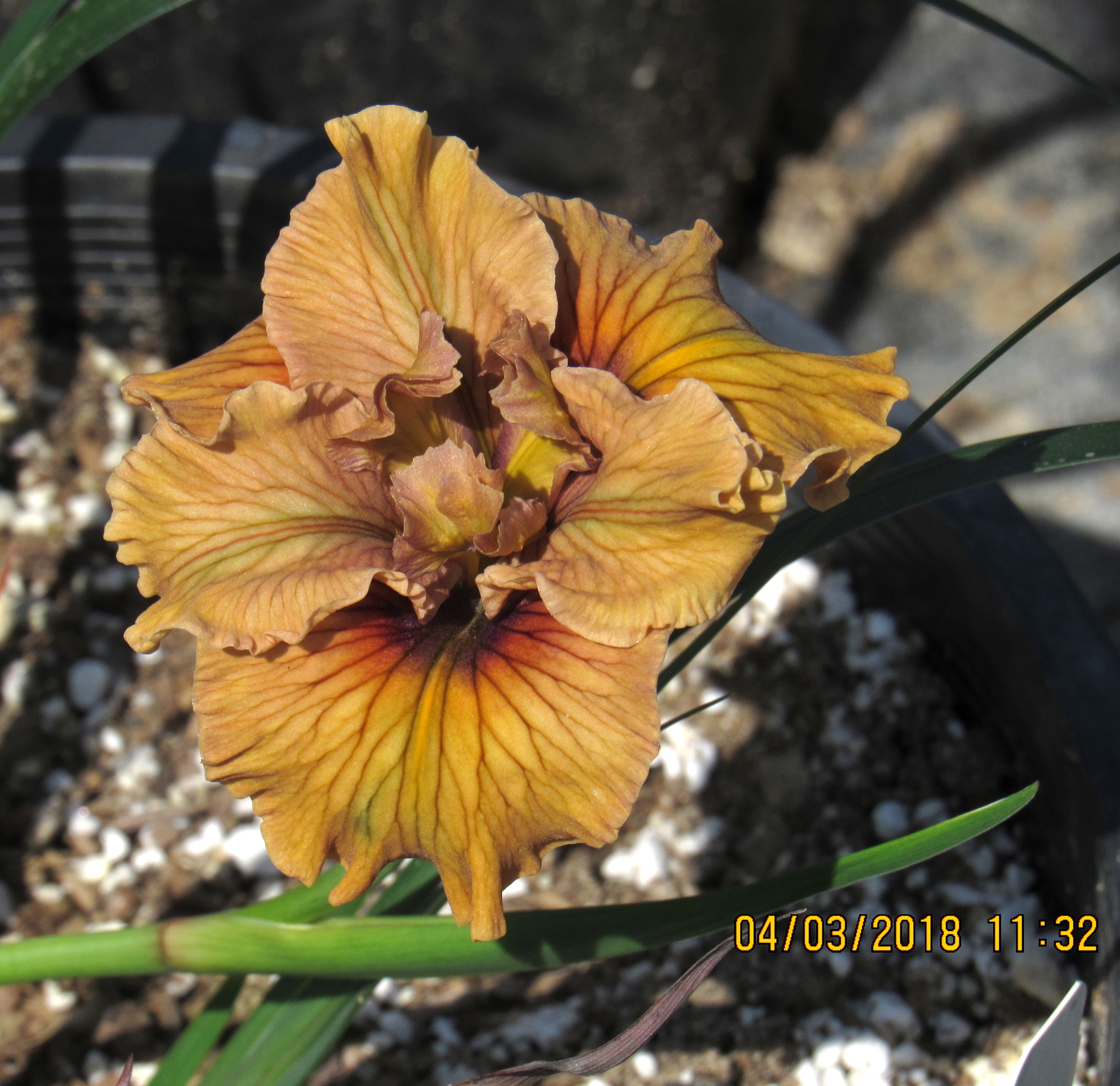
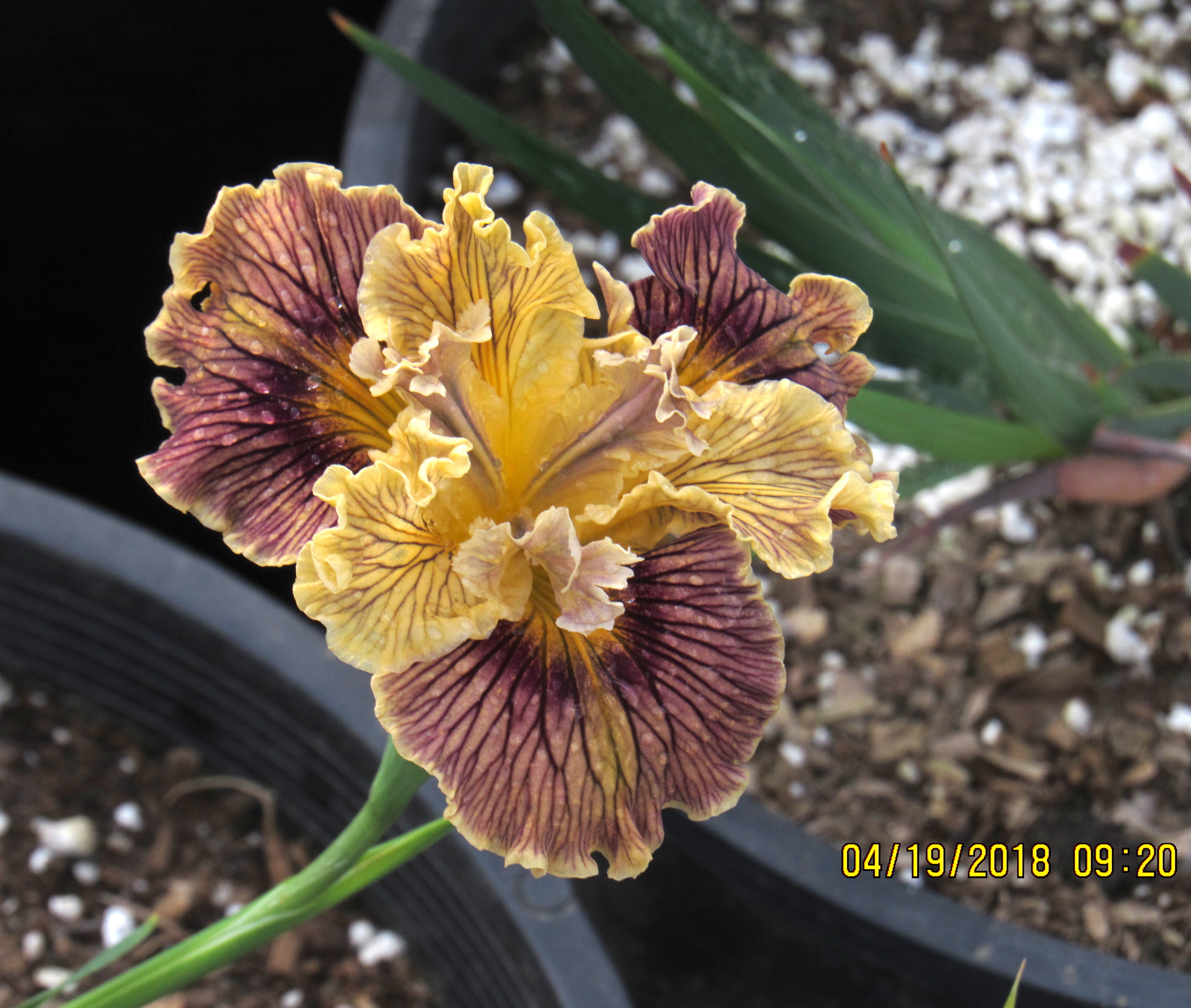
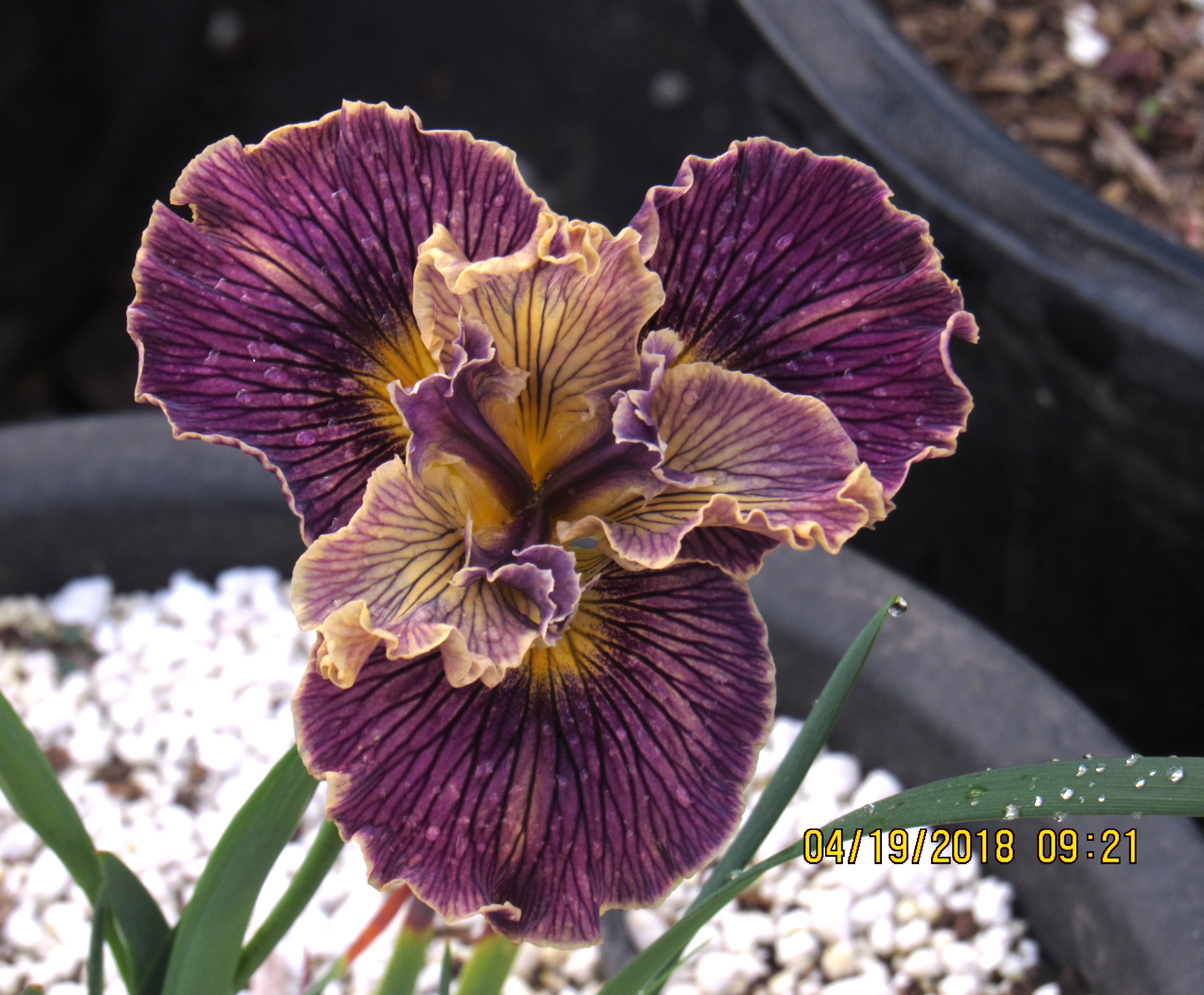
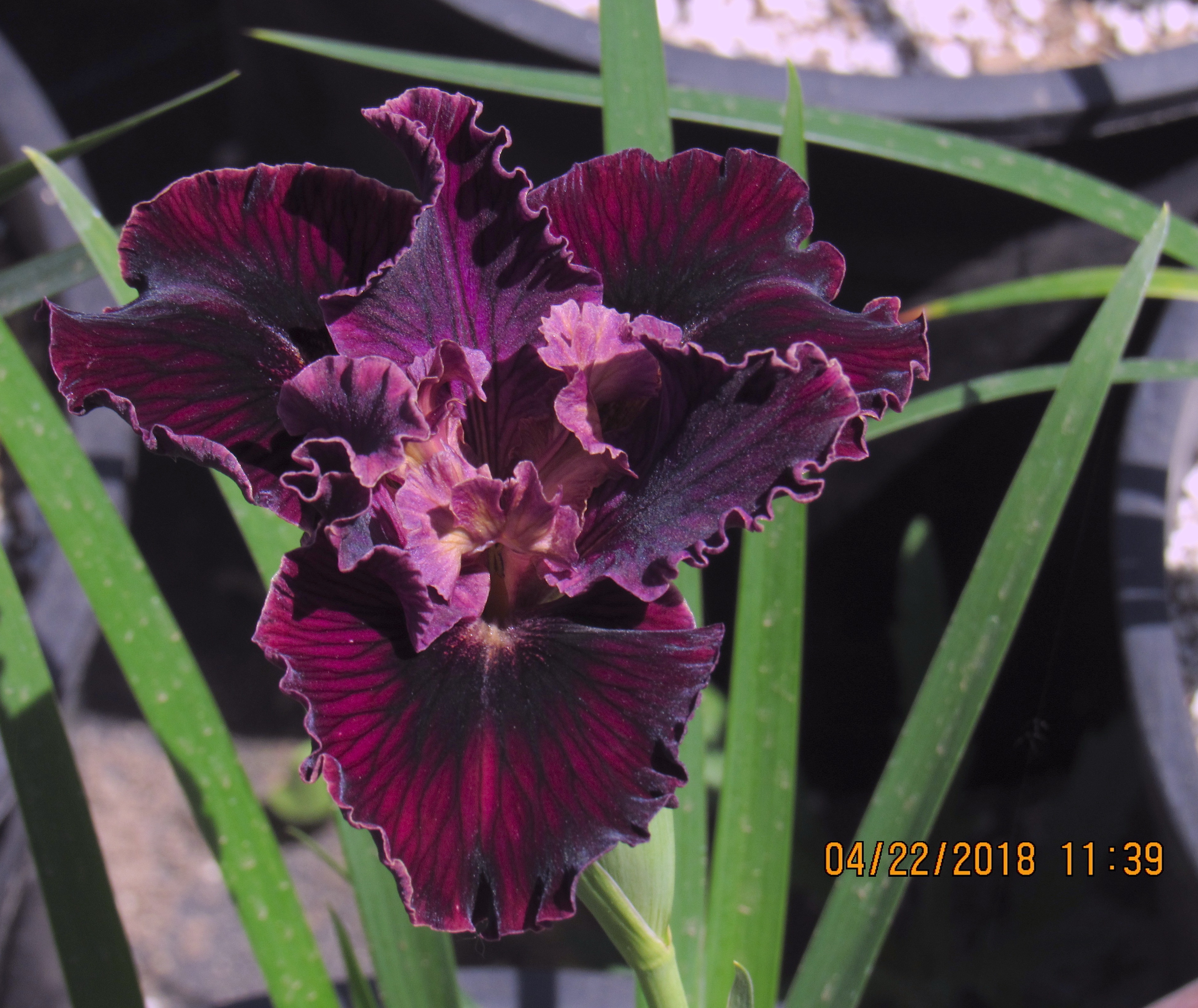
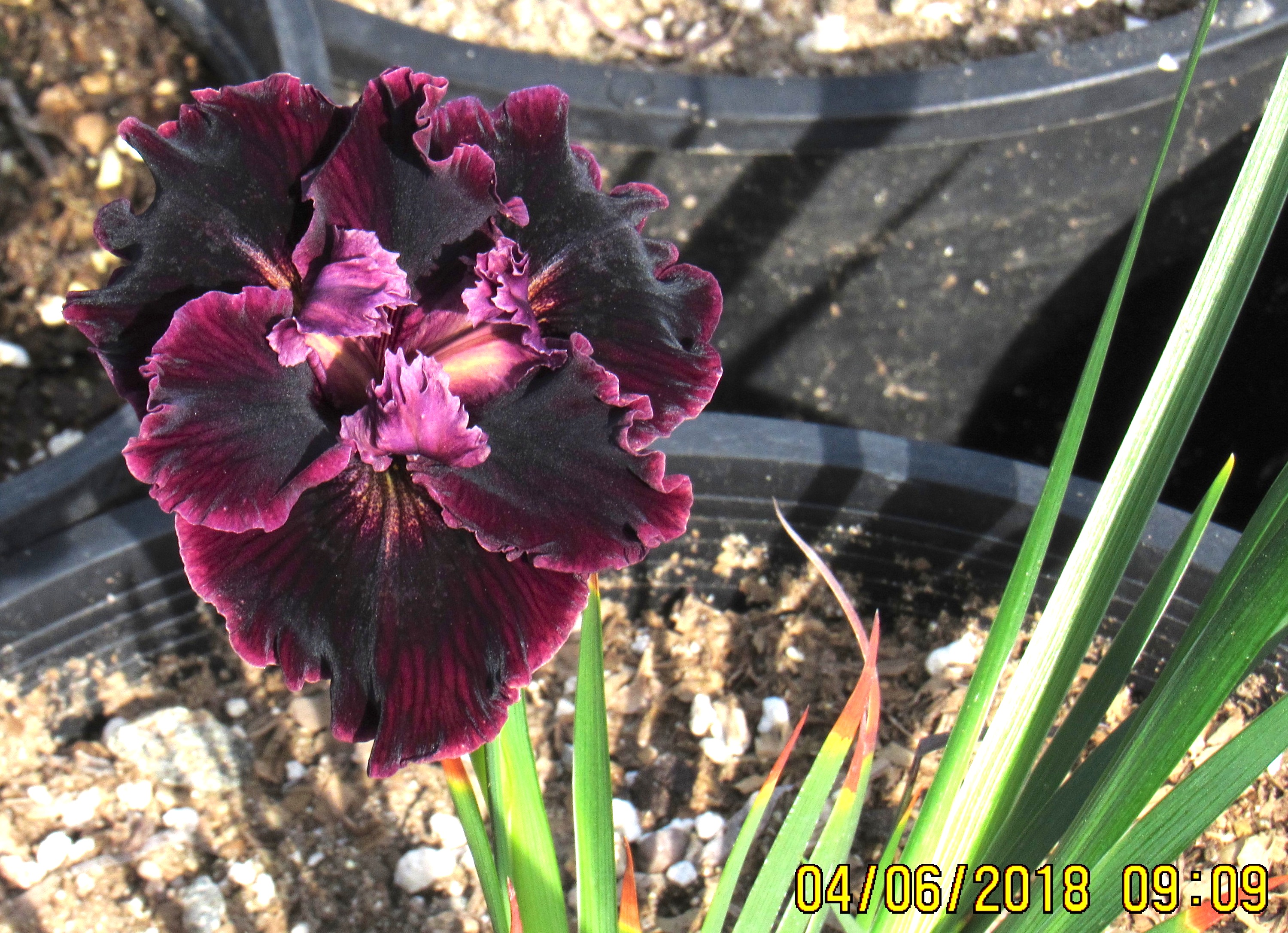
I’m assuming the flower that produced the seed capsule was self pollinated but the bees have been know to cause trouble producing all sorts of unplanned results. Also, some from this group didn’t flower this year and we’ll have to wait another year- as is often the case. Having said all that, which of these is the “best one”? The one that’s the best grower is the answer. It will be another 2 to 3 years before any of these are for sale but their parent should be for sale next year or the year after.
Told you it was as long process.
